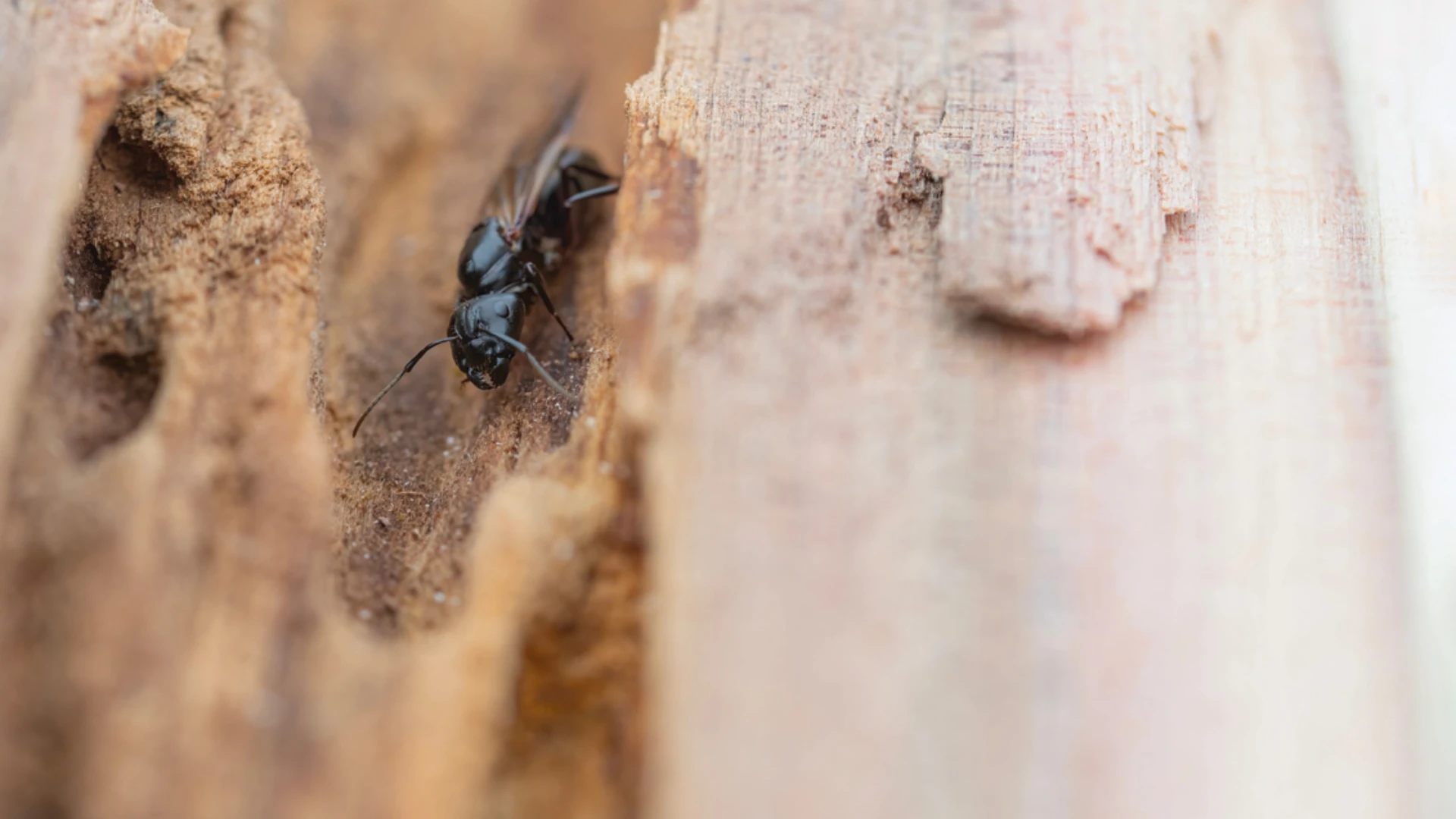Fly control in commercial accounts can be a challenge because doors open and close frequently during the day, giving flies access to structures. However, there is a device that can help keep such insects out, and it’s also a great PCO add-on opportunity: the air door or air curtain.
Air doors are essentially motorized blowers situated above or around doors or service windows that create a wall of turbulent air blowing downward at an angle. The downward flow of air works to keep flying insects out while doors are open. Typically, the curtains are triggered to start up automatically when doors are opened, and then turn off after doors are closed. Air doors also have the added benefits of regulating temperatures inside structures, creating environmental separation between indoor and outdoor areas, and keeping dust and other pollutants out of structures.
Two companies that sell air doors through the pest control industry are Berner International Corp., New Castle, Pa., and Mars Air Doors, Gardena, Calif. Both firms offer models geared especially for pest control in facilities like food-service establishments, commercial kitchens and restaurants.
Dana Agens, sales manager with Mars Air Doors, says PCOs may not realize they can sell air curtains to customers, increasing their revenues and at the same time solving customers’ fly problems. “Every year people are becoming more and more aware of the use of air doors for insect control,” Agens said.
Tim White, food-service sales manager with Berner, agrees. “We’ve done a great deal of business in the PCO area in the last three or four years,” he said. However, he adds, the concept of selling air doors is still a relatively new one for the industry.
Both White and Agens say the air door is the perfect addition to a comprehensive fly control package. “Some PCOs are putting programs together,” White said. “They have a whole system of things they’re doing.” And he adds, the air curtain works well with other control measures such as light traps, spraying and wall sconces.
Both Agens and White say air curtains are about 80 percent effective at keeping insects out at a particular entrance, and the units repel gnats, mosquitoes, bees and wasps, in addition to flies. Agens says the air curtain is particularly useful as an additional defense against flying insects. “I think allowing insects in and then trying to eliminate them once they’re in is kind of a backward approach,” Agens said. “Why not eliminate them from coming in at all?”
White notes that while air doors aren’t 100 percent effective at stopping all flying insects, they do stop the biggest part of the problem at each door where they’re installed.
KEY LOCATIONS. Thus far, the key customers interested in purchasing air curtains for insect control have been commercial kitchens, restaurants and food-processing facilities, since they have numerous docks, doors and service windows that open and close frequently. Air curtains are particularly useful when installed at rear entranceways, where garbage Dumpsters™ often serve as primary breeding grounds for flying insects. However, Agens recommends that food-service establishments install air doors at all entrances.
Including air doors in a complete fly control program is easy, both White and Agens say. All a PCO needs to begin selling air doors is a basic understanding of how they work and the benefits they provide. For most food-service establishments, PCOs just need to get the door width and height and then talk with the manufacturer about the right unit for the job. “If PCOs really put forth an effort with air curtains, they could really increase their sales volume,” White said. “The companies that do actively promote air curtains are successful.”
With both Berner and Mars, PCOs typically can call the company directly to order air curtains. The pest control company then acts as the distributor between the manufacturer and the end user, purchasing the unit at a discounted price and then reselling it. Units generally cost PCOs less than $500, and the typical markup can be anywhere from 10 to 30 percent.
Usually installation is handled by an electrician and can be scheduled by the customer or PCO. Later on, PCOs can ensure the doors are working correctly during regular service visits, Agens adds.
For more information, contact Berner International at www.berner.com or 800/245-4455; and Mars Air Doors at 800/421-1266 or www.marsair.com.
The author is PCT's former managing editor. E-mail her at lmckenna@pctonline.com.
WANT MORE?
Enter your email to receive our newsletters.

Explore the June 2002 Issue
Check out more from this issue and find your next story to read.
Latest from Pest Control Technology
- CAPMA Hosts 2025 Legislative Day in Sacramento
- Grizz Pest Management Bartends for a Cause
- Rose Pest Solutions Becomes Official Pest Provider of Chicago Fire FC
- WSPMA Hosts Legislative Day at Washington State Capitol
- A-1 Pest Control Marks 59 years in Business
- Hawaii PCO Shares Regulatory Challenges, Business Impacts from Lahaina Wildfires
- 5 Tips for Reducing Waste in the Office and in the Field
- OvoControl Now Available in Chile









